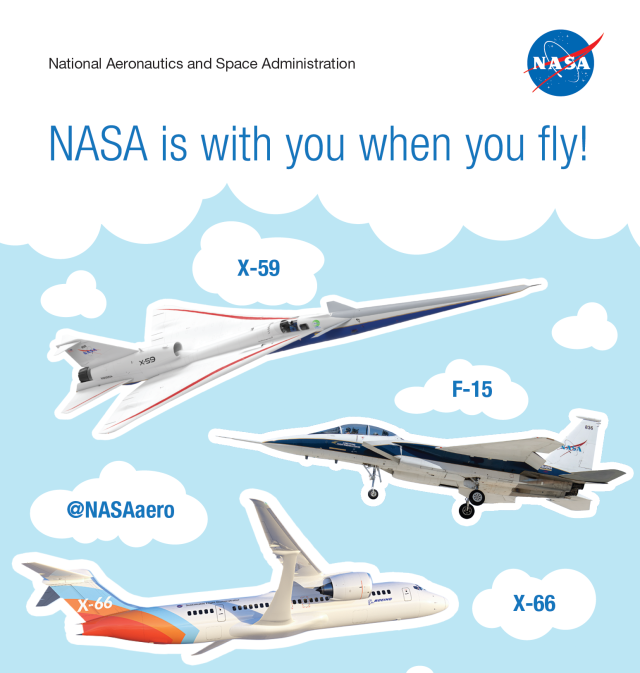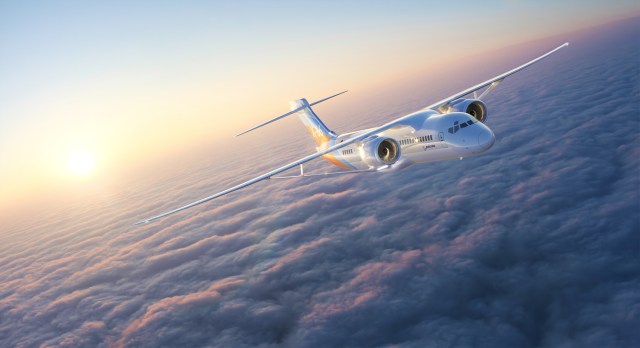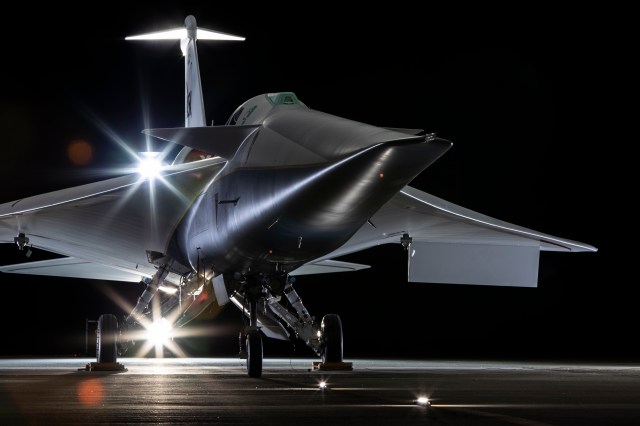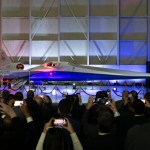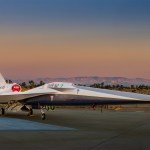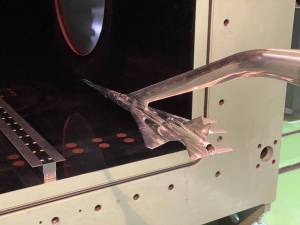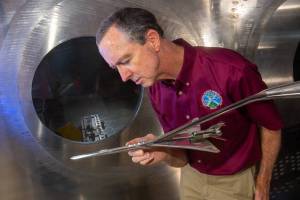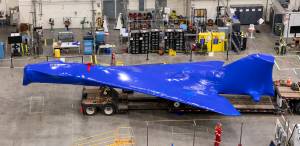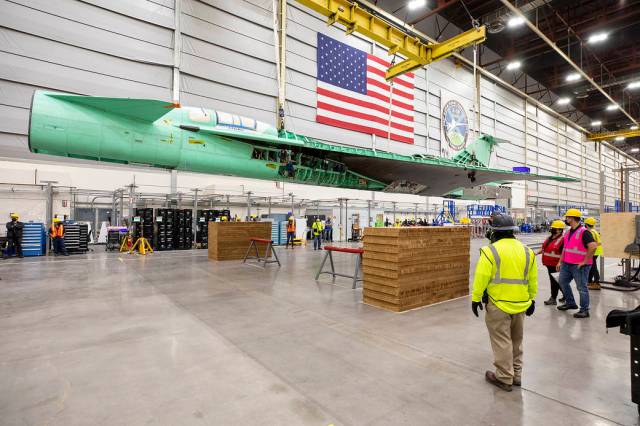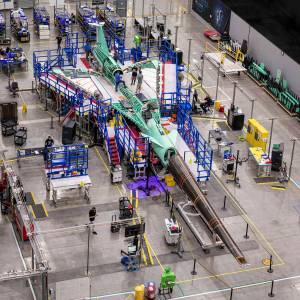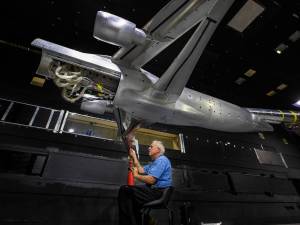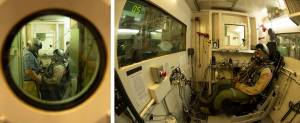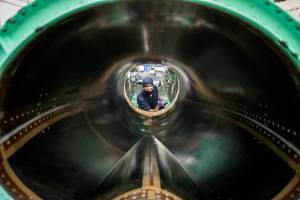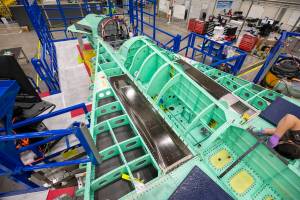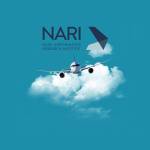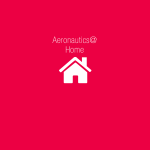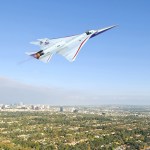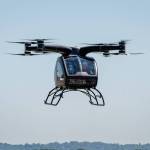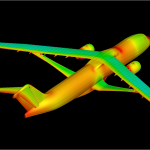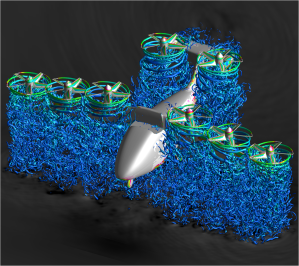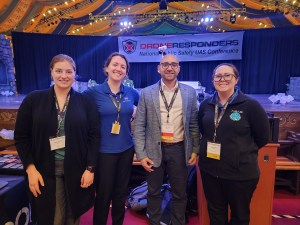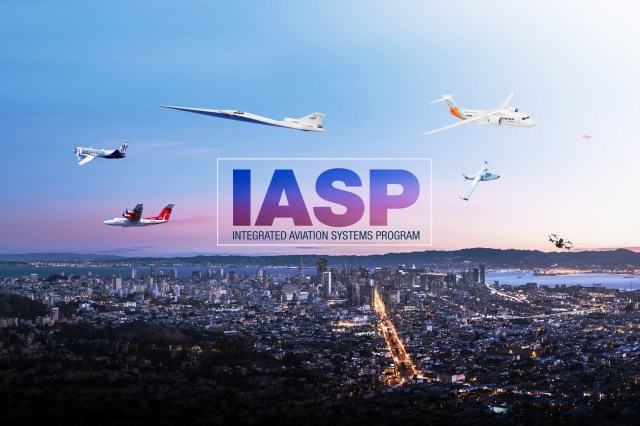
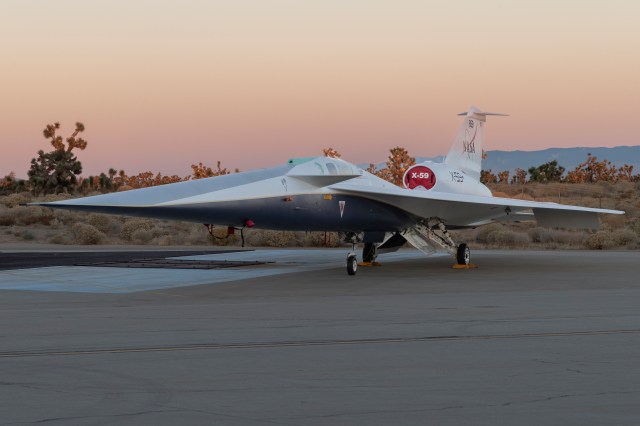
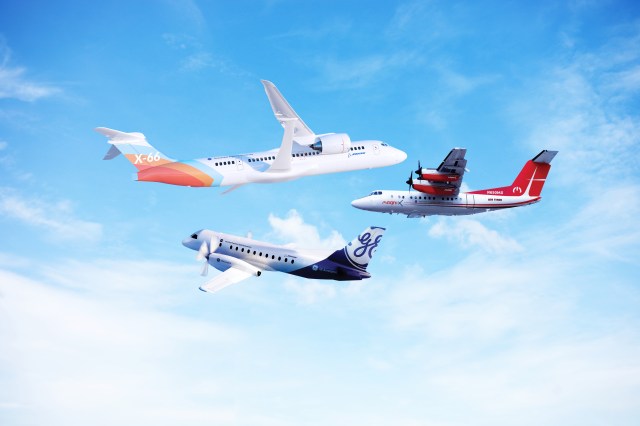
Integrated Aviation Systems Program
The Integrated Aviation Systems Program (IASP) conducts flight-oriented, system-level research and technology development to effectively mature and transition advanced aeronautic technologies into future air vehicles and operational systems.
PROGRAM DIRECTOR
Lee Noble
DEPUTY PROGRAM DIRECTOR
Kate McMurtry
Integrated Aviation Systems Program Leadership
Learn more about the leadership for the Integrated Aviation Systems Program.


IASP Projects
IASP pursues its research goals across these projects.
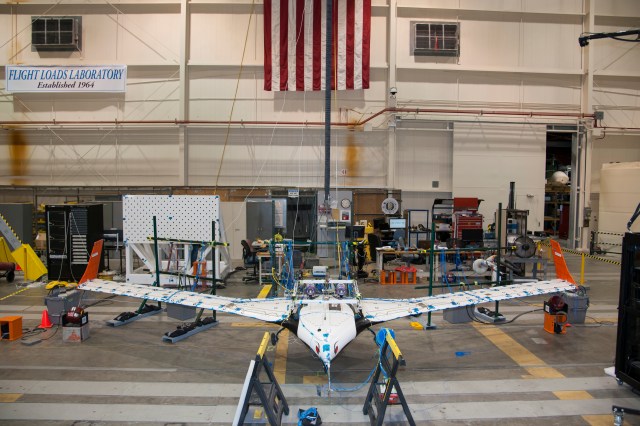
Flight Demos and Capabilities (FDC)
This project conducts complex and integrated flight research demonstrations in support of ARMD programs. FDC also operates, sustains and enhances the specific flight research and test capabilities – from test and support aircraft to a full test range – needed to achieve technical goals in ARMD’s Strategic Plan, other NASA mission directorate activities and national strategic needs.
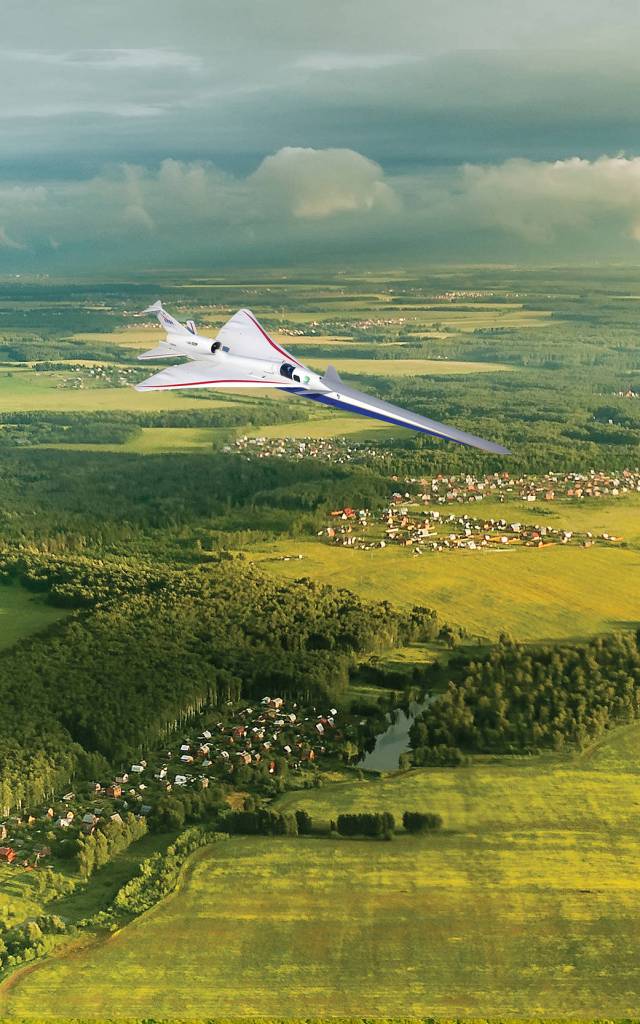
Low Boom Flight Demonstrator (LBFD)
The Low Boom Flight Demonstrator (LBFD) project oversees the development of the X-59 research aircraft, which will use quiet supersonic technologies to fly over communities as part of the Quesst Mission. The project will demonstrate a sonic boom with greatly reduced noise in order to pave the way for commercial supersonic flight over land.
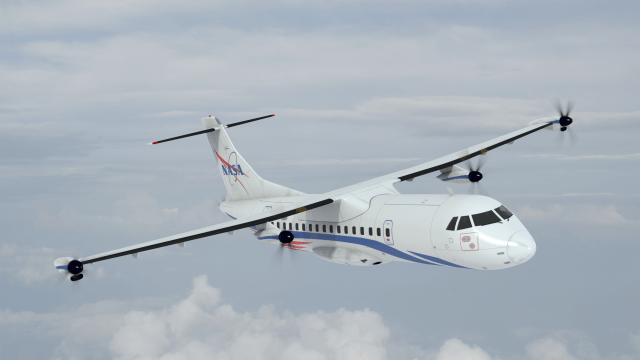
Electrified Powertrain Flight Demonstration (EPFD)
The EPFD project conducts ground and flight tests of electrified aircraft propulsion (EAP) technologies to enable a new generation of electric-powered aircraft. NASA is collaborating with industry partners to demonstrate these technologies by using existing aircraft that will be flown with EAP systems and components.
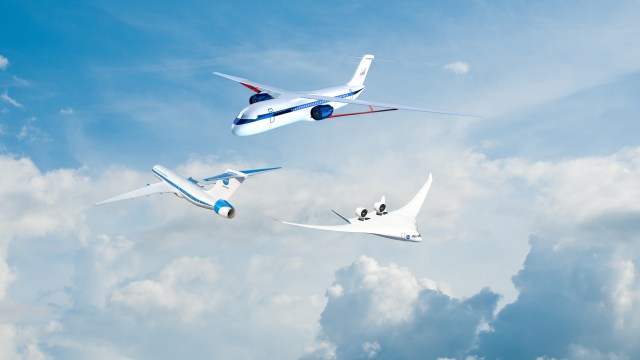
Sustainable Flight Demonstrator (SFD)
The purpose of the Sustainable Flight Demonstrator project is to engage with industry, academia, and other government organizations to identify, select, and mature key airframe technologies, such as new wing designs, that have a high probability of transition to the next generation single-aisle seat class airliner. NASA and Boeing will partner to produce a demonstrator aircraft.
Integrated Aviation Systems Program Videos
Watch informative videos on the various Integrated Aviation Systems Program projects.
Watch More IASP Videos on YouTubeIntegrated Aviation Systems Program Gallery
Quesst Mission
Interested in flying to your next destination in half the time? NASA's Quesst mission is to lead a government-industry team to collect data that could make commercial supersonic flight over land possible, dramatically reducing air travel time in the United States or anywhere in the world. The centerpiece of the mission is the X-59 aircraft.
Learn More About the Quesst Mission about Quesst Mission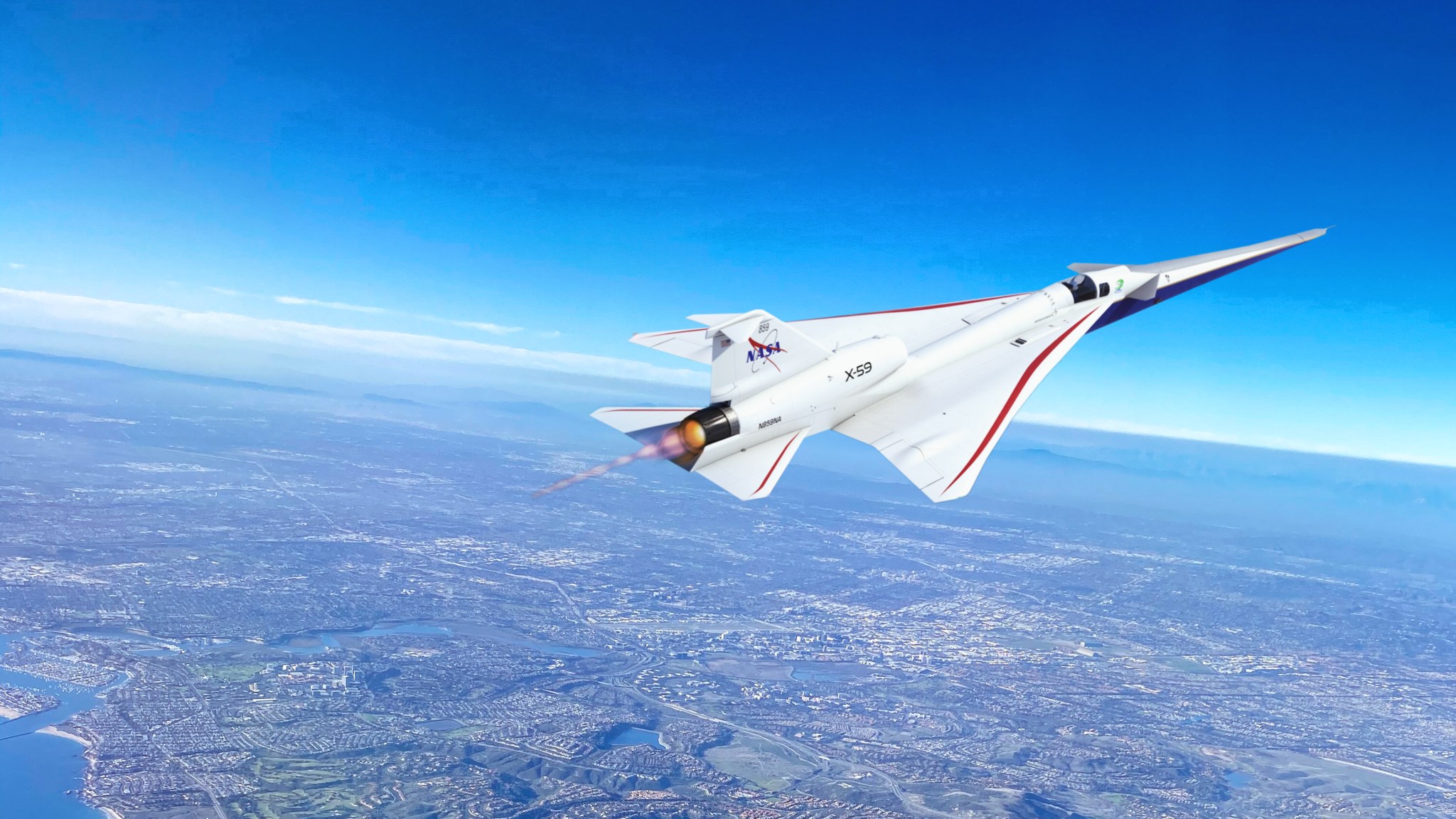
Learn More and Get Involved
Integrated Aviation Systems Program Aircraft Overview
These aircraft are part of NASA’s Integrated Aviation Systems Program, which conducts research on concepts and technologies that benefit the aviation community and flying public.
